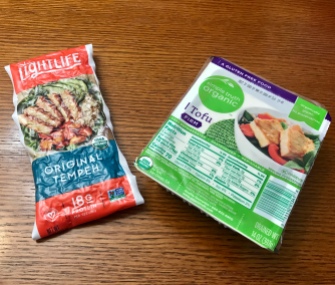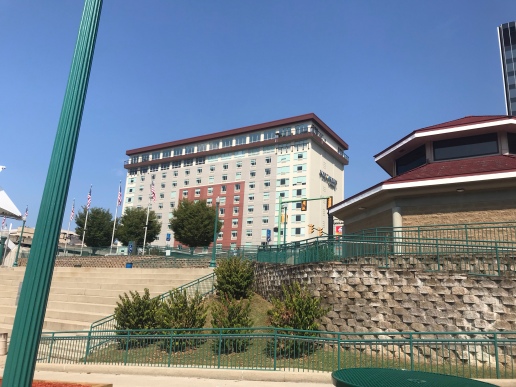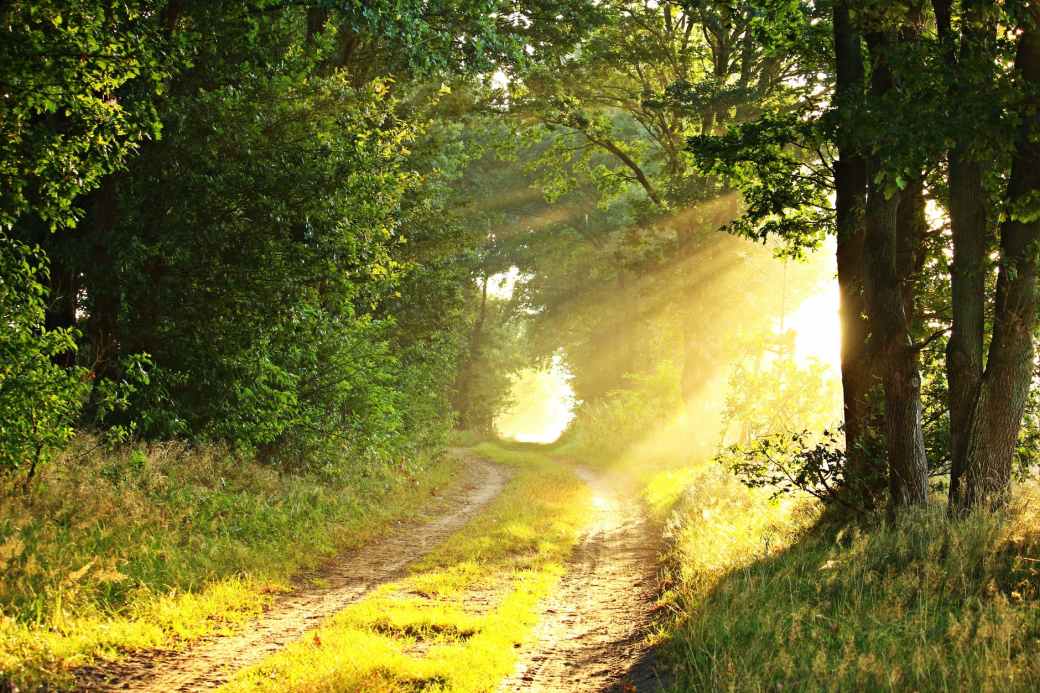I don’t know about you, Dear Reader, but I am inconsistent with breakfast during my work week. Most days, I do eat something, even if it’s part (or all) of a protein bar and/or some fruit. Other days, especially if I’ve taken time to food-prep on Sunday afternoon, I have containers of pre-made smoothies, smoothie “bowls,” or overnight oats lined up in the fridge–ready for grab-and-go convenience. However, once I arrive at the school in which I work, I find I’m trying to quickly gulp down my food before my students arrive, or saving my prepared breakfast food for lunch (why not?) and either skipping breakfast all together, or falling back to eating a bit of the ever-present protein bar or fruit that are always in my lunchbox. Thus, during the work-week, there’s very little food enjoyment for me with regards to breakfast–and often lunch too–(see later paragraph) which makes me sad as I really do prefer to enjoy my food.

Still, I continue to love food, especially when I have enough time to sit, savor, and enjoy each yummy bite. However, I fully recognize that the foods I prefer, and most enjoy, are often considered different as others have so kindly pointed out to me. In fact, I have been told on multiple occasions that my food, “looks disgusting.” While I try to laugh off the insult and weakly attempt to defend my food choices, “It’s only oats with blueberries, chia seeds, a bit of banana, and maple extract,” it has certainly caused me to reassess when and what I eat, especially in front of others!
At one time in my life, I was especially fond of breakfast foods! However, since being diagnosed with celiac disease nearly ten years ago, around the same time I decided to commit to eating a more plant based diet, dining out for breakfast, or it’s more gluttonous cousin, brunch, is seldom easy, much less fun, for me–at least in my immediate geographic area–as gluten-free, plant based eateries are a bit of a rarity. If I am lucky, the menu will offer that so-called “disgusting” oatmeal; and, if I’m super fortunate, a restaurant might offer tofu and allow me to order it prepared,“naked” (not dipped in batter, so it remains gluten-free).

While my weekends during the school year tend to be busy, whenever I do get some extra weekend time, I take great delight in making a big ol’ breakfast away from critical eyes, and one that holds me through until time for dinner.. I particularly find pleasure in serving these breakfasts with gluten-free bread and/or some fresh fruit. Thus, when creating this recipe (and my forthcoming recipe), I cobbled together ideas from several plant based recipe sites, but also tried to make it carnivore-friendly if desired. This is because I believe that how each person chooses to eat is highly personal. I try not to proselytize a one-size-fits-all diet, or for that matter publicly criticize one’s diet choices. While I know a gluten-free, plant-based diet works for me, I’d rather create recipes that offer flexibility, nutritional benefits, and still taste good for all types of eaters.

While my original creation was designed to somewhat look and mimic the flavor of eggs, it doesn’t have to focus on that. Feel free to play with and change up the ingredients. Consider adding in other colorful vegetables of your liking, including diced yukon gold or sweet potatoes. Remove and replace any vegetable you don’t like with vegetables you do enjoy, and feel free to increase or decrease vegetable amounts. (I chose cauliflower as a base because it is so mild and tends to take on the flavors of the other ingredients, however, chopped potatoes make an excellent base too.) Remove and/or change up the seasonings, along with their amounts! Additionally, play with toppings! Consider lively and colorful toppings, such as chopped/sliced scallions, chopped avocado, sliced olives, roasted red peppers, salsa, and so forth. Don’t be afraid to think outside the traditional breakfast box and play! Food should be fun and tasty!

May this recipe inspire you to get creative in the privacy of your kitchen! Feel free to send me pics and comments about how you chose to prepare it! I’d love to see your pics and share them on my website!
From my home to yours, I wish you healthy, homemade, and, hopefully, not-so-disgusting meals!

Breakfast Vegetable Stir-fry
(Feel free to double or triple ingredients.)
Ingredients:
½ tsp minced garlic
¼-½ cup, or more as needed liquid, water or vegetable broth *If not cooking oil-free, 1-2 tablespoons of a mild-flavored oil can be used instead.
¼ cup chopped onions
¼ cup chopped peppers (I prefer a mix of colors.)
1 cup roughly chopped cauliflower (I prefer to use one cup prepared riced cauliflower to save the mess and time.)
½ cup sliced portabella mushrooms (or other mushroom variety)
3 ounces **tempeh sliced thin and cut into small pieces **Instead of tempeh, you can use tofu, 2-3 beaten eggs or egg whites, or 3-4 ounces of precooked meat of your choice
½-1 tsp liquid aminos, coconut aminos, or soy sauce
½ tsp turmeric (optional)
1 tablespoon nutritional yeast (optional)
cayenne pepper or red pepper flakes to taste
Salt and black pepper to taste
***Kala Namak (Black salt) to taste ***Only use this seasoning if keeping it egg and meat-free as it adds a flavor and aroma similar to that of eggs.
Directions:
Preheat pan over medium. (You’ll know it’s hot enough when a drop of water skitters across the bottom of the pan.)
While the pan is preheating, gather and prepare vegetables.
Once the pan is preheated, add garlic.
When garlic begins to soften and turn golden, add in onions and peppers.
Stir in ¼ cup of vegetable broth or water, if not using oil. (If using oil, add in the desired amount.)
Stir constantly. If you notice vegetables sticking, stir-in liquid, 1-2 tablespoons at a time.
Add cauliflower and continue stirring.
Add green peppers and onion, stir, and then add sliced mushrooms.
Again, if at any time, vegetables begin sticking, add in more liquid, 1-2 tablespoons at a time.
Stir in desired protein (tempeh, tofu, beaten eggs, or precooked meat).
Continue stirring and tossing over medium heat until protein is cooked through.
Reduce heat to low and stir-in desired amount of aminos (or soy sauce) and rest of seasonings.
Once seasoning is thoroughly mixed into food, remove from heat, cover, and allow flavors to meld for 2-3 minutes.
Then, serve immediately.
Makes one generous serving.
Store leftovers in the fridge–makes a great breakfast or lunch for the next day!

































































